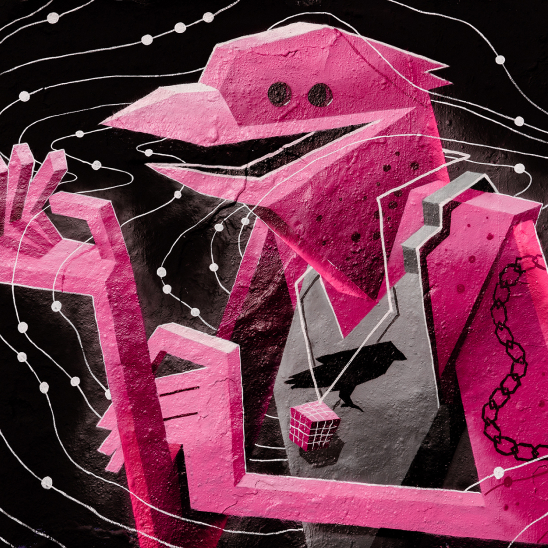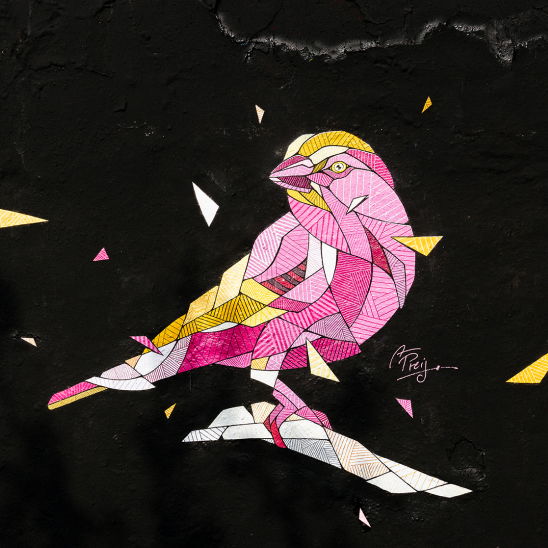
Blockchains that break down walls.
Parachains are Kusama’s advanced, next-generation blockchains that bring several breakthroughs compared to legacy networks. Together they form the Kusama ecosystem, an interconnected network of specialized chains breaking down the walls of the centralized web.
Open possibilities for Web3 builders.
While other blockchain networks only allow developers to build dapps using smart contracts, Kusama gives them full control over the underlying blockchain itself. This flexibility gives parachain developers the maximum freedom to optimize for specific use cases — which means better and more secure dapps and services for all.
Welcome to the paraverse.
From DeFi to identity and supply chain, gaming and NFTs, IoT, DAOs, and more, parachains can be built for any use case. They can also take on various forms depending on their intended function, including:
Independent token economies
Parachains with their own tokens, fee structures, and economic ecosystems.Smart contract parachains
Platforms for hosting smart contract based dapps and services.System Chains
Designed for the benefit of the entire Kusama ecosystem, system chains typically use the network’s native token, KSM.Bridges
Bridges allow Kusama parachains to connect to external networks like Polkadot, Bitcoin and Ethereum.Agile Coretime
Choose how to use Kusama security and interoperability based on your needs. Reserve time on a Kusama core by buying Coretime in bulk or as you go.Parachains as autonomous agents
Parachains can act autonomously based on the will of their communities to participate in Kusama governance and allocate on-chain treasuries. This opens the door to new decentralized funding models, from project funding to decentralized sovereign wealth funds and even cross-chain mergers and acquisitions.

Parachains as digital nation states
With their own communities, rules, economies, governance, treasuries, and relationships with external chains, parachains are akin to decentralized digital nations. Kusama allows them to come together, communicate and share security guarantees for the betterment of the entire ecosystem.

This bird breaks down walls.
Parachain launch NFTs
Three limited edition NFTs were created to celebrate the launch of Kusama parachains. Representing three interpretations of the Kusama canary by Berlin street artists Awer, Vidam and Andreas Preis, the paintings were created on a section of the Berlin wall now used as an open canvas for free artistic expression. The collection was limited to 9,999 NFTs, which have already been claimed.



